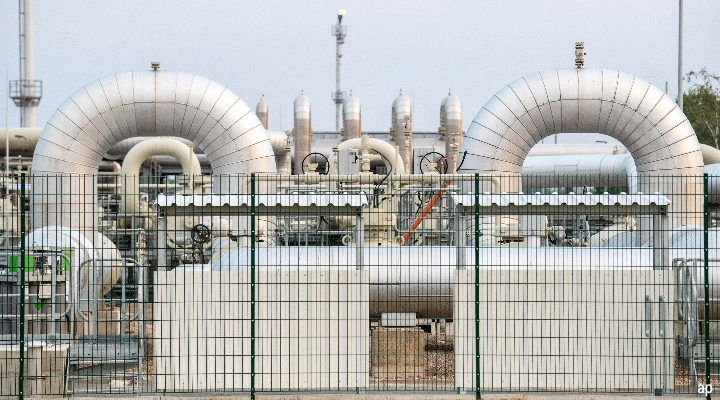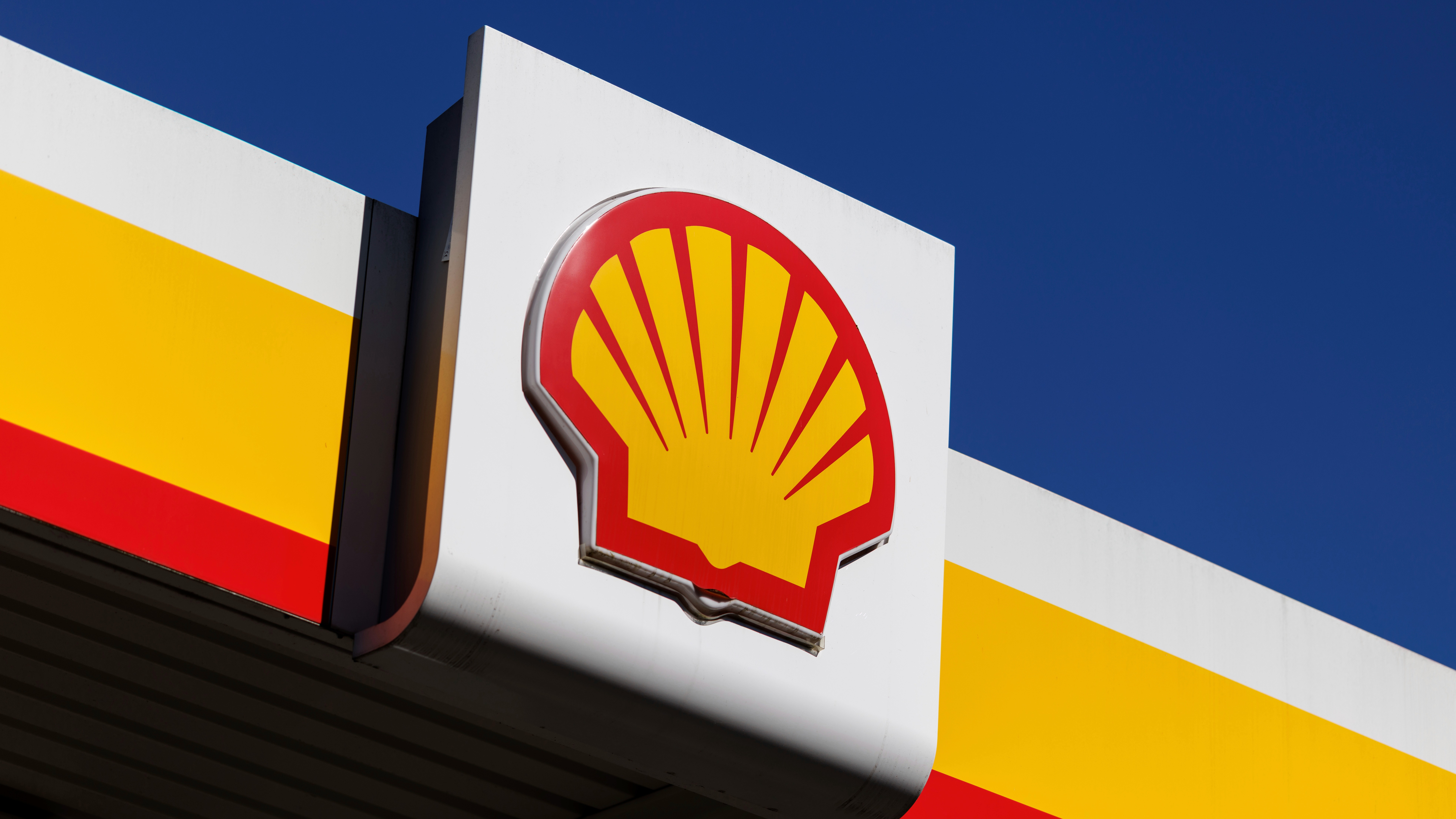
While many of its peers have announced intentions to divert investment to renewables to achieve long-term carbon intensity reduction targets, ExxonMobil (XOM) remains committed to oil and gas.
The company has responded to calls to bring in more outside voices to its board and announced emissions reduction targets. It is also investing in low-carbon technologies – but each of these efforts is measured and keeps oil and gas production at the core. This strategy is unlikely to win praise from environmentally oriented investors, but Morningstar believes it’s likely to prove more successful and probably holds less risk.
Exxon is the world’s largest oil refiner, with a total global refining capacity of 4.6 million barrels of oil per day. It is also one of the world’s largest manufacturers of commodity and specialty chemicals. High commodity prices and strong refining margins appear to be in place for the company for a few years, absent an economic slowdown. A low-cost position combined with attractive upstream and downstream growth should make Exxon a winner.
Key Morningstar Metrics for Exxon
- Fair Value Estimate: $102
- Star Rating: 3 Stars
- Economic Moat Rating: Narrow
- Moat Trend Rating: Stable
Economic Moat Rating
We view Exxon’s competitive position as weakened relative to where it has been historically. As a result, we forecast lower future excess returns than in the past, but we expect improvement from recent levels so that they are sufficient to maintain a Narrow moat rating. We continue to see Exxon’s integrated model as a source of competitive advantage. Historically, Exxon has rated as the highest-quality integrated firms, given its ability to capture economic rents along the oil and gas value chain. While its peers operate a similar business model with the same goal, they have largely failed to replicate Exxon’s success, as evidenced in their comparatively lower margins and returns.
Fair Value Estimate for Exxon Stock
We recently raised our fair value estimate to $102 per share from $96 per share after incorporating the latest strategic guidance, financial results, and commodity prices. Our fair value estimate implies a forward enterprise value/EBITDA multiple of 5.4 times our 2023 EBITDA forecast of $82.2 billion. We assume U.S. natural gas prices of $7.01 per thousand cubic feet in 2022 and $5.72 in 2023. Our long-term assumption is $3.30 beginning in 2025. For oil, we assume Brent prices of $106 per barrel in 2022 and $94 in 2023. Our long-term oil price assumption is $60 per barrel. We assume a cost of equity of 7.5% and a weighted average cost of capital of 7.1%.
Risk and Uncertainty
Exxon holds a High Uncertainty Rating based on our scenario analysis and evaluation of its environmental, social, and governance risks. The level of commodity prices and margins is the company’s primary risk. Exxon faces the risk that global oil demand falls quickly, leaving it unable to fully develop its reserves. Our research suggests oil demand will not decline materially for several more decades, implying that more supply will be needed and the risk of stranded assets for Exxon is low. Greater adoption of electric vehicles in the US and Europe could threaten the long-term viability of Exxon’s downstream assets, but we think they will remain viable for decades given their low cost, complexity, size, and integration with chemicals.
Exxon Bulls Say
- Exxon has responded to shareholder concerns by reducing spending, appointing new board members, increasing disclosure, and announcing emissions reduction targets.
- Exxon will see its portfolio mix shift to liquids pricing as gas volumes decline and new oil projects start production. Cash margins should improve as a result, thanks to Permian and Guyana volumes.
- With coordination between upstream and downstream operations, as well as integrated refining and chemical facilities—as opposed to simply owning the assets—Exxon achieves a high level of integration that creates value.
Exxon Bears Say
- Despite activist pressure and new board members, Exxon has not sufficiently reduced hydrocarbon investment levels and continues to develop long-life projects that hold a high risk of becoming stranded.
- Exxon lacks the level of investment in low-carbon businesses, such as renewable power, of its peers and risks not sufficiently reducing its emissions or securing its future as a going concern.
- Returns are unlikely to ever reach historical levels without higher commodity prices, potentially resulting in compression of Exxon’s premium multiple.











:quality(80)/cloudfront-us-east-1.images.arcpublishing.com/morningstar/6BCTH5O2DVGYHBA4UDPCFNXA7M.png)

















